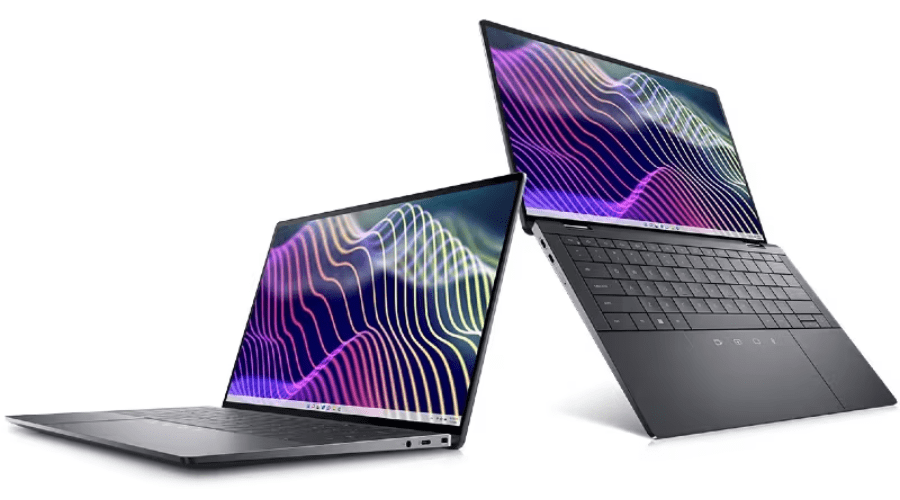
In the fast-paced realm of technological innovation, wearables have emerged as a groundbreaking category, pushing the boundaries of what we thought possible in terms of personal technology. Among these, wearables electric have carved a niche for themselves, introducing a new dimension to the way we interact with and perceive our surroundings. This blog aims to delve into the world of wearables electric, exploring their evolution, functionality, and the impact they have on our daily lives.
The Rise of Wearables Electric
A Brief History
The concept of wearables electric traces its roots back to the early 2000s when the first generation of fitness trackers hit the market. These early devices, primarily focused on monitoring steps and calories, paved the way for the more sophisticated and versatile wearables we have today. As technology advanced, wearables evolved from basic fitness trackers to encompass a wide array of functionalities, including smartwatches, augmented reality (AR) glasses, and even smart clothing.
The Pinnacle of Innovation
As wearables continued to evolve, the integration of electric components became a defining feature. The inclusion of advanced sensors, miniaturized processors, and efficient batteries transformed wearables into powerful, multifunctional devices. This marked the beginning of the era of wearables electric, where technology seamlessly melds with fashion and functionality.
Wearables Electric: Beyond the Wrist
Smartwatches Leading the Charge
The Evolution of Smartwatches
Smartwatches have become the face of wearables electric, symbolizing the convergence of style and technology. The early models primarily focused on providing notifications and basic fitness tracking. However, modern iterations have expanded their capabilities, featuring ECG monitoring, sleep tracking, and even the ability to make phone calls and respond to messages. The electric aspect comes into play with powerful processors, vibrant touchscreens, and long-lasting batteries.
Powering Up with Electricity
One of the defining features of wearables electric, particularly smartwatches, is their reliance on electricity. While early models required frequent charging, advancements in battery technology have significantly extended the usage time. Some models now boast solar charging capabilities, harnessing the power of the sun to keep these devices running efficiently.
Augmented Reality: A Visionary Leap
AR Glasses: A Glimpse into the Future
Augmented reality (AR) glasses represent a leap into the future of wearables electric. These glasses overlay digital information onto the user’s real-world view, creating a seamless blend of the physical and digital realms. From navigating city streets to providing hands-free access to information, AR glasses are at the forefront of wearable technology.
The Electric Vision
The electric component of AR glasses lies in their advanced optics and integrated electronic systems. These glasses house miniaturized displays, cameras, and sensors that work in tandem to provide users with a rich and interactive experience. The electric power behind AR glasses fuels the real-time processing of information, enabling users to access a world of data at their fingertips.
The Impact on Daily Life
Enhancing Health and Fitness
Wearables as Health Companions
Wearables electric have become indispensable tools for health and fitness enthusiasts. The integration of advanced sensors allows these devices to monitor various health metrics, providing users with valuable insights into their well-being. From heart rate monitoring during workouts to sleep pattern analysis, wearables electric empower individuals to take charge of their health in unprecedented ways.
The Electric Pulse of Fitness
The electric pulse of fitness wearables lies in their ability to provide real-time data and feedback. This instant connectivity allows users to make informed decisions about their workouts, ensuring they stay within their target heart rate zones and optimize their training sessions. The electric synergy between sensors, processors, and batteries enables seamless tracking and analysis, revolutionizing the fitness landscape.
Transforming Connectivity
Smart Accessories: Beyond Aesthetics
Beyond the conventional realm of watches and glasses, wearables electric extend into the domain of smart accessories. From smart rings that discreetly notify users of important messages to connected earrings that monitor posture, these accessories redefine the concept of wearable technology. The electric connectivity in these accessories facilitates seamless communication with smartphones and other devices, creating a truly interconnected ecosystem.
Heralding the Era of Smart Clothing
The fusion of fashion and technology reaches its pinnacle with smart clothing. From jackets with built-in heating elements to fitness apparel that tracks biomechanical data, smart clothing exemplifies the electrifying synergy between fashion and functionality. Electrically powered sensors embedded in the fabric enable real-time data collection, providing wearers with a holistic view of their physical well-being.
Challenges and Future Prospects
Overcoming Technological Hurdles
Battery Life: A Constant Challenge
While wearables electric have made significant strides, challenges persist, with battery life being a recurring concern. The demand for increased functionality often clashes with the need for prolonged usage between charges. Researchers and engineers are actively exploring advancements in battery technology, including the integration of flexible and sustainable energy sources, to address this challenge.
Striking a Balance: Form vs. Function
As wearables electric continue to evolve, striking a balance between form and function remains a delicate challenge. Designing devices that seamlessly integrate into daily life without compromising on technological capabilities requires a nuanced approach. The future holds the promise of even sleeker, more aesthetically pleasing wearables that seamlessly blend into our daily lives.
The Road Ahead
Wearables Electric 2.0
The future of wearables electric is poised to bring about transformative changes. As technology advances, we can expect wearables to become more intuitive, with enhanced AI capabilities that adapt to users’ preferences and habits. The integration of biometric authentication and advanced health monitoring features will further solidify the role of wearables as essential companions in our daily lives.
Sustainable Electric Fashion
As the world becomes increasingly conscious of environmental impact, the wearables industry is also gearing towards sustainability. Future wearables electric are likely to incorporate eco-friendly materials and energy-efficient components, aligning with the global push towards greener technology. From recyclable batteries to biodegradable smart fabrics, the next wave of wearables aims to be both cutting-edge and environmentally responsible.
Conclusion
Wearables electric have come a long way from their humble beginnings, evolving into sophisticated devices that seamlessly integrate into our daily lives. From smartwatches that adorn our wrists to AR glasses that provide a glimpse into the future, these wearables are powered by the electrifying synergy of advanced technology and fashion. As we look ahead, the challenges of battery life and design considerations will continue to shape the evolution of wearables electric, promising a future where these devices become indispensable companions on our journey towards a more connected and informed existence.










